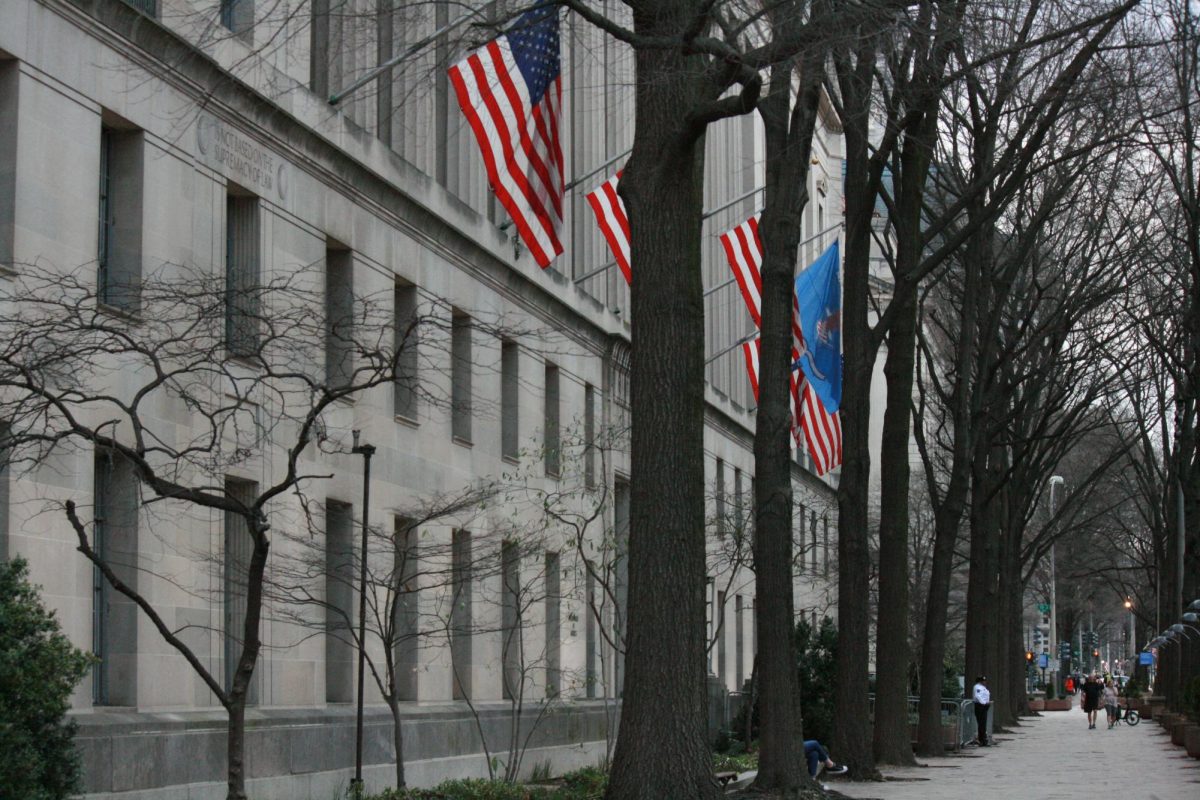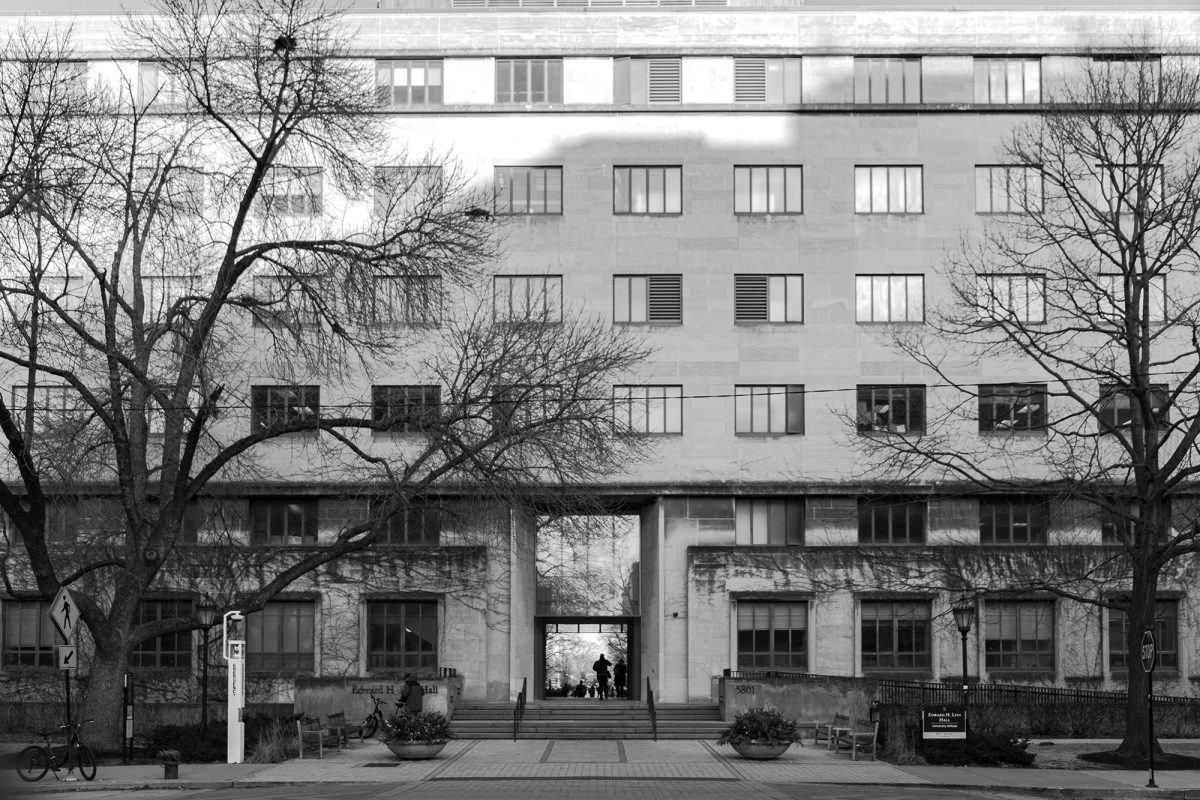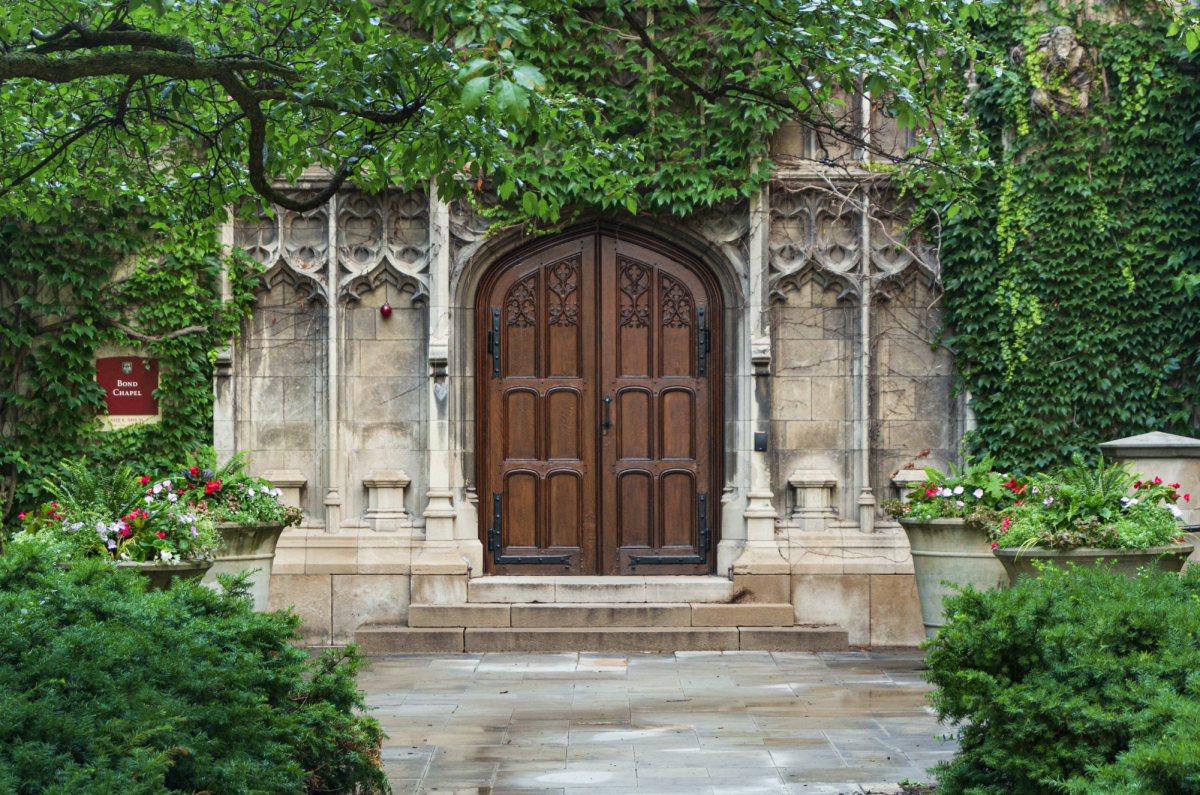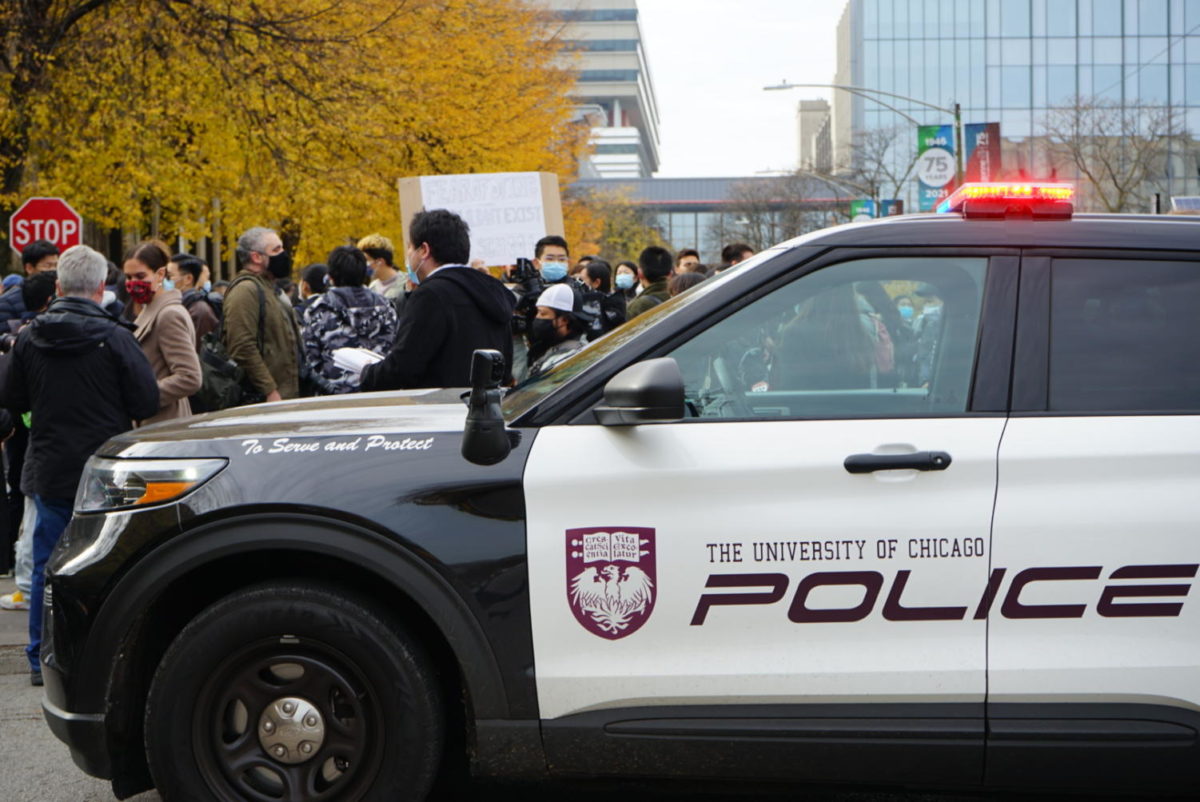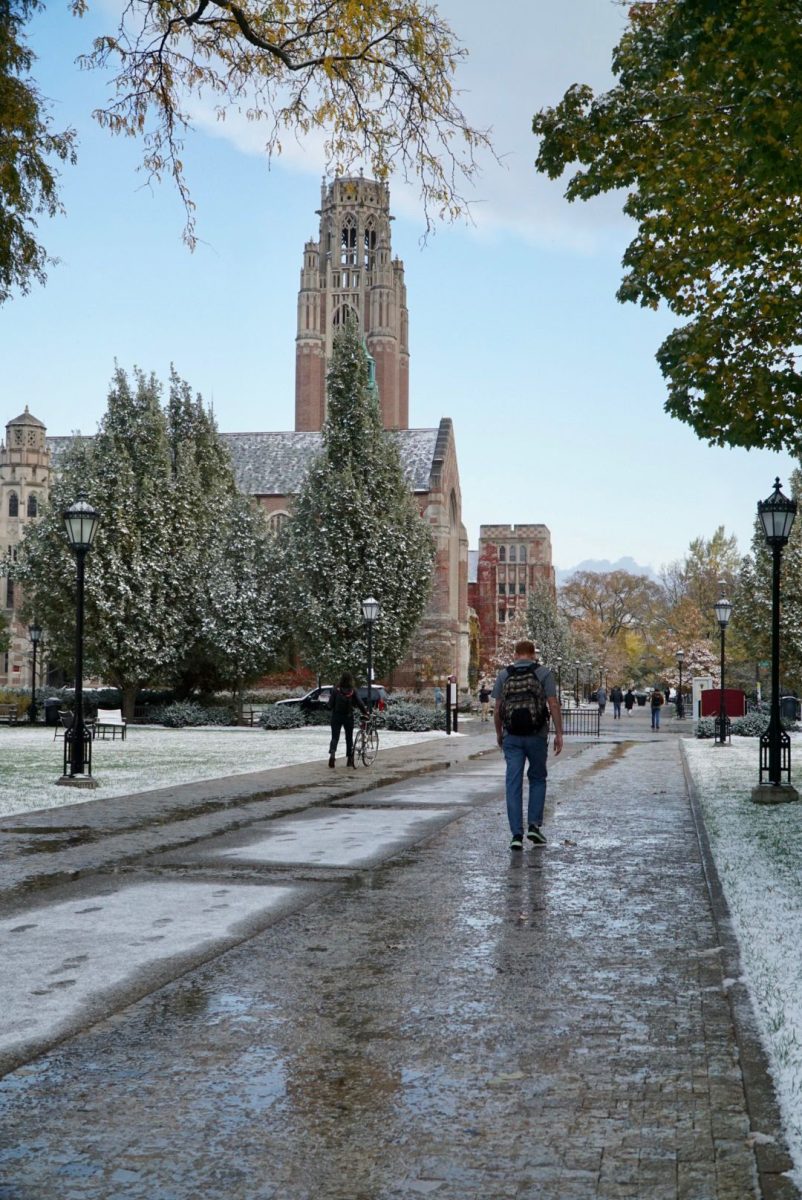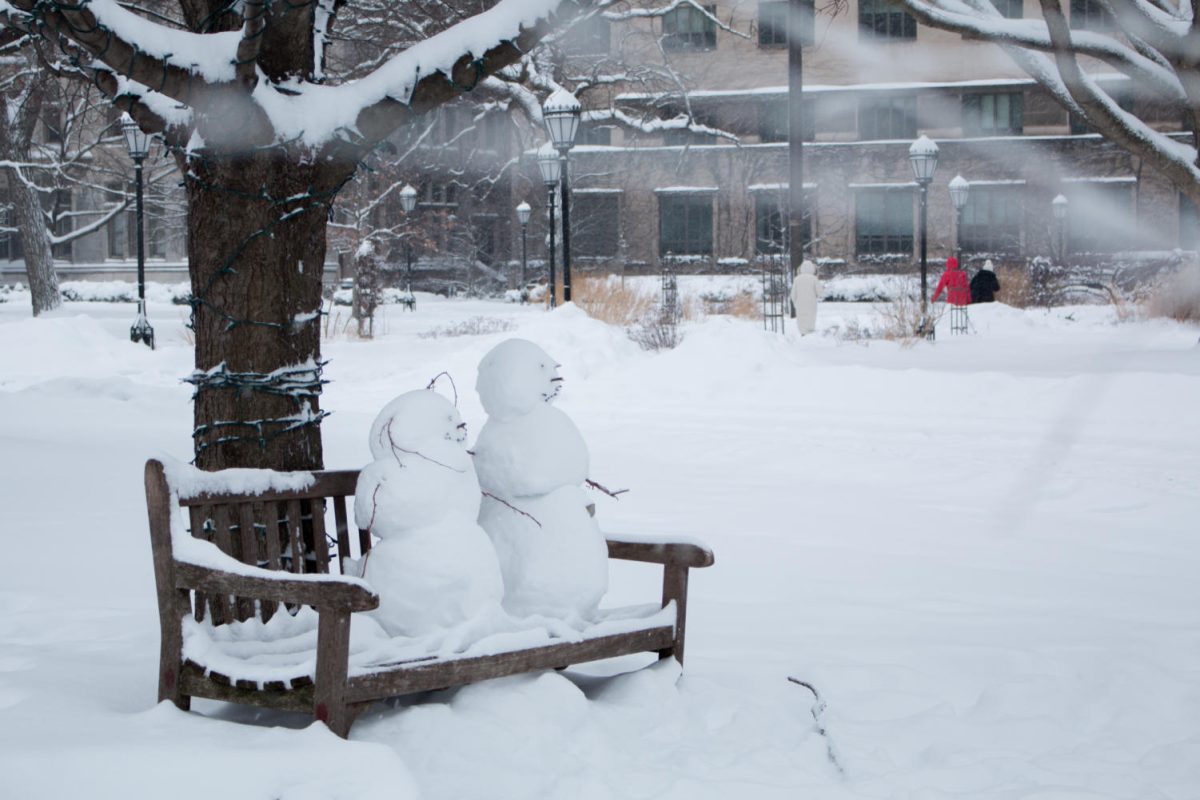With the construction of a new dorm and Logan Art both underway south of the Midway, the University has made clear its intention to turn South Campus into a viable center for student life. Such projects aim to end the relative isolation of Burton-Judson and the undergraduate and graduate students who live in apartments nearby, creating a community for a part of campus that has never been able to form a distinct identity.
The administration’s plan for South Campus is impressive, but simply upgrading current facilities won’t make Woodlawn an appealing alternative for upperclassmen. If the University wants to reap the full benefits of its infrastructural improvements, it must promote commercial development in a neighborhood with little in the way of grocery or retail options. Doing so would improve not only student life but the safety of the area, and take an important step toward reengaging with a community it has long ignored.
Such an initiative would not be without precedent. For years the University has sought, with varying degrees of success, to lure new retail and dining options to Hyde Park. The addition of a major grocery chain, Treasure Island, is only the most recent high-profile example. In other cases, as on East 53rd Street, the U of C has used discounted rents to sweeten the deal for retailers.
The administration could use similar incentives to bring businesses to Woodlawn, where the U of C owns most of the land between East 61st Street and the Midway. While big box retailers might be overly ambitious for now, a small-scale grocer or department store could perhaps be persuaded to set up shop.
Commercial development south of the Midway is not just in the best interest of students looking for a head of lettuce. A commitment to the area along the University’s southern border would stimulate Woodlawn’s residential growth, helping to bring people back into a neighborhood whose population has plummeted since the 1960s. With fewer vacant lots and more foot traffic, South Campus would not only become a more convenient place to live, but a safer one.
Community members will likely have legitimate concerns about any significant retail changes. Some of these issues—like rising rent prices—might be ones that the University simply cannot address, but the administration should do more than pay lip service to the community. For example, contracting new businesses to hire Woodlawn residents is one concrete promise the U of C could make.
Given the economic climate and the losses to the University’s endowment, the administration has announced freezes on some projects and delays on others. But while conditions make Woodlawn developments difficult in the short term, the U of C’s long-term ambitions nonetheless demand it.
The Maroon Editorial Board consists of the Editor-in-Chief, Viewpoints Editors, and two additional Editorial Board members.



